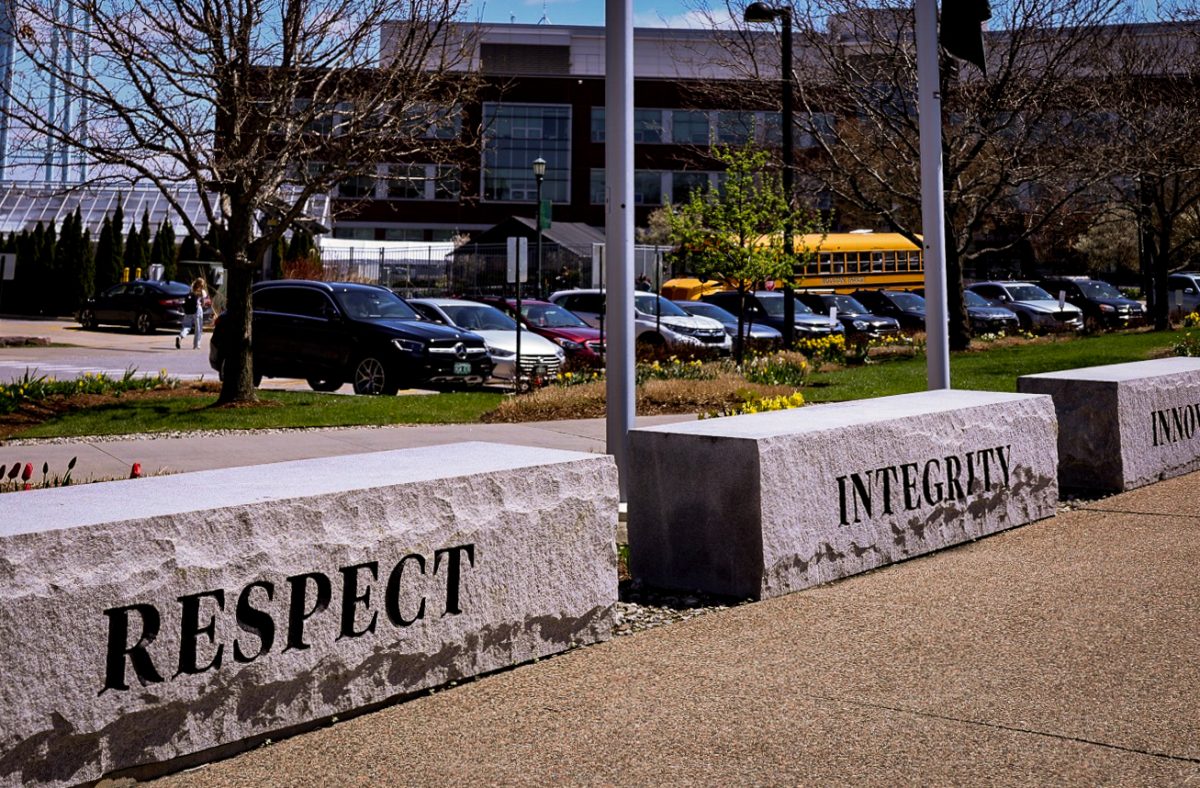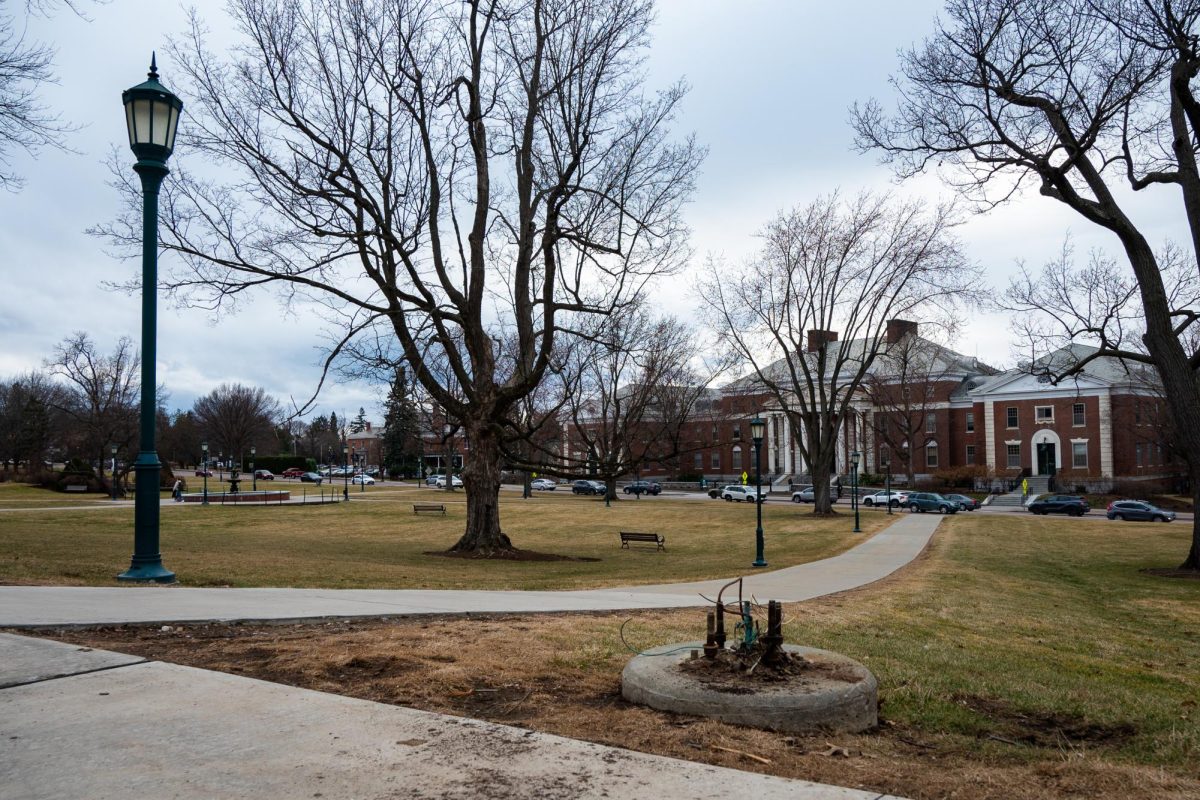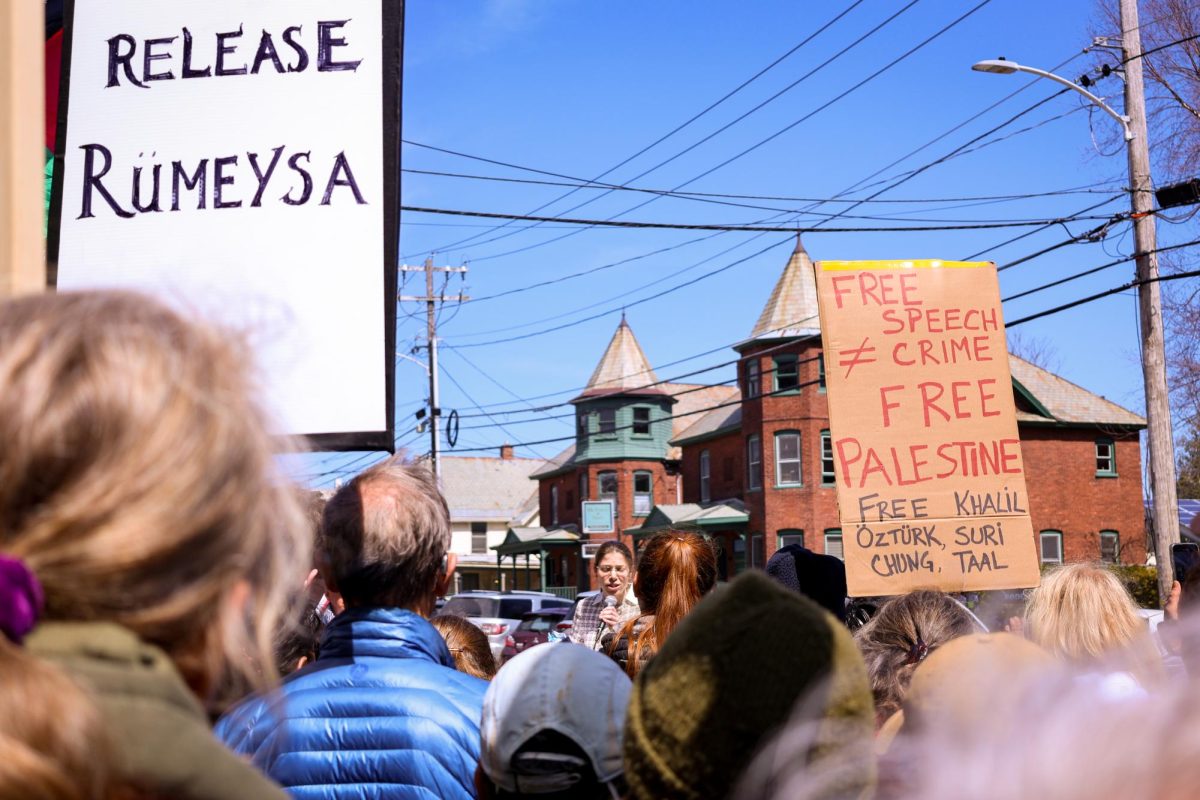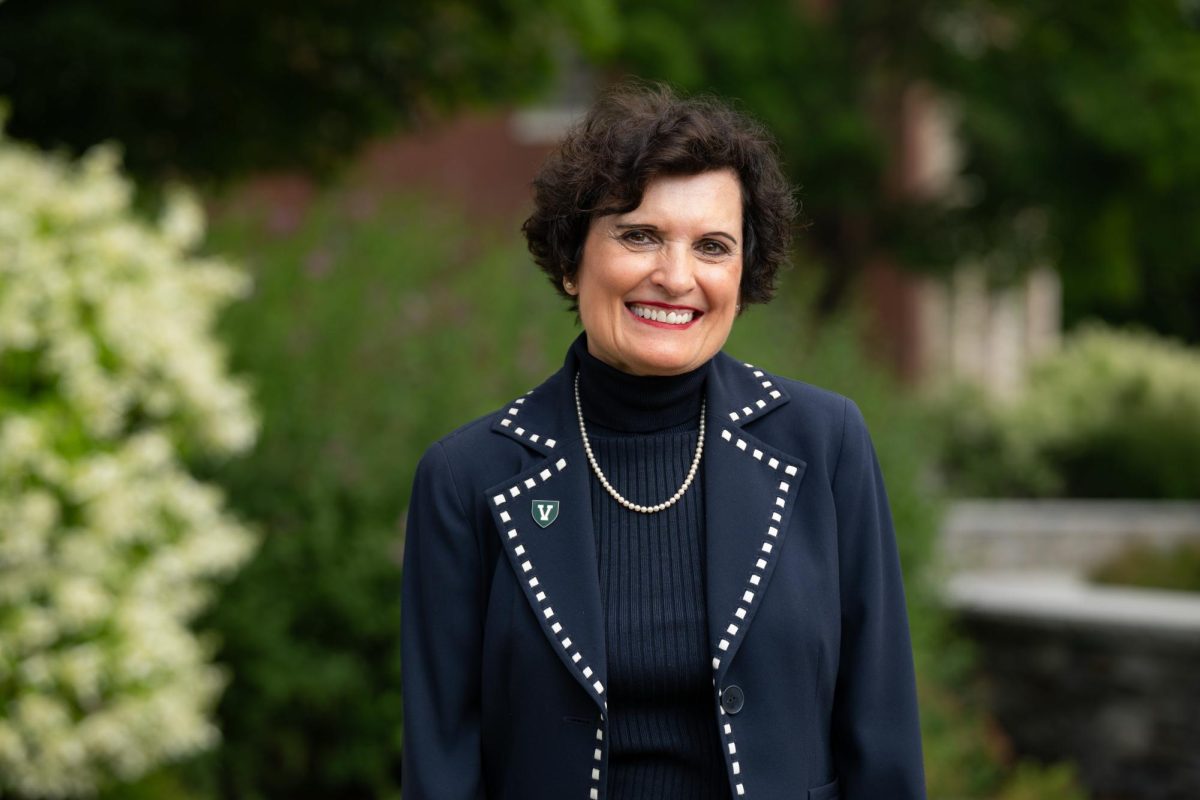From volcanic eruptions and earthquakes to catastrophic mudslides, the geologic processes active in mountain belts impact human societies every day. Yet scientists still understand relatively little about how mountains are formed, changed, destroyed and affect climate – knowledge that could help them more accurately predict the Earth’s behavior. Keith Klepeis and Tracy Rushmer, assistant professors of geology at the University of Vermont, took a new and interdisciplinary approach to mountain-building dynamics, as reported in the cover story of the January issue of the Journal Geological Society of America Today. The article, “Magma transport and coupling between deformation and magmatism in the continental lithosphere,” concerns the geologists’ National Science Foundation-funded research of a mountain belt in Fiordland, South Island and New Zealand. “Mountains are like icebergs,” said Klepeis. “Ninety percent of them are below the surface.” The unusually deep exposure of this mountain belt, where rocks from early mountain-building are exposed at the surface, helped the geologists to learn more about the processes that control the movement of magma, the impact of magma on rock deformation and how the strength of the mountain belt changes over time. ‘These processes affected the formation of mountains over millions of years,” Rushmer noted. Of particular interest is how Rushmer and Klepeis integrated the results of their field observations with laboratory and experimental techniques. “Experimental geologists usually don’t spend much time in the field,” explains Klepeis. But Rushmer did, collecting structural samples, testing them in the laboratory and providing feedback to Klepeis and his field geology team. This approach, according to Klepeis, reflects a growing trend among geologists to overlap areas of study rather than to specialize in one area – for example, as a field biologist, experimentalist or modeler. “The boundaries between disciplines in geology are disappearing,” he said. In April, Klepeis and Rushmer will host an international meeting in New Zealand where colleagues from around the world will share information and conduct further research. Travel costs for students (including two UVM graduate students of geology) will be underwritten by a second National Science Foundation grant.
Categories:
UVM Professors Making Mountains Out Of Orogeny
March 3, 2003
0
More to Discover







